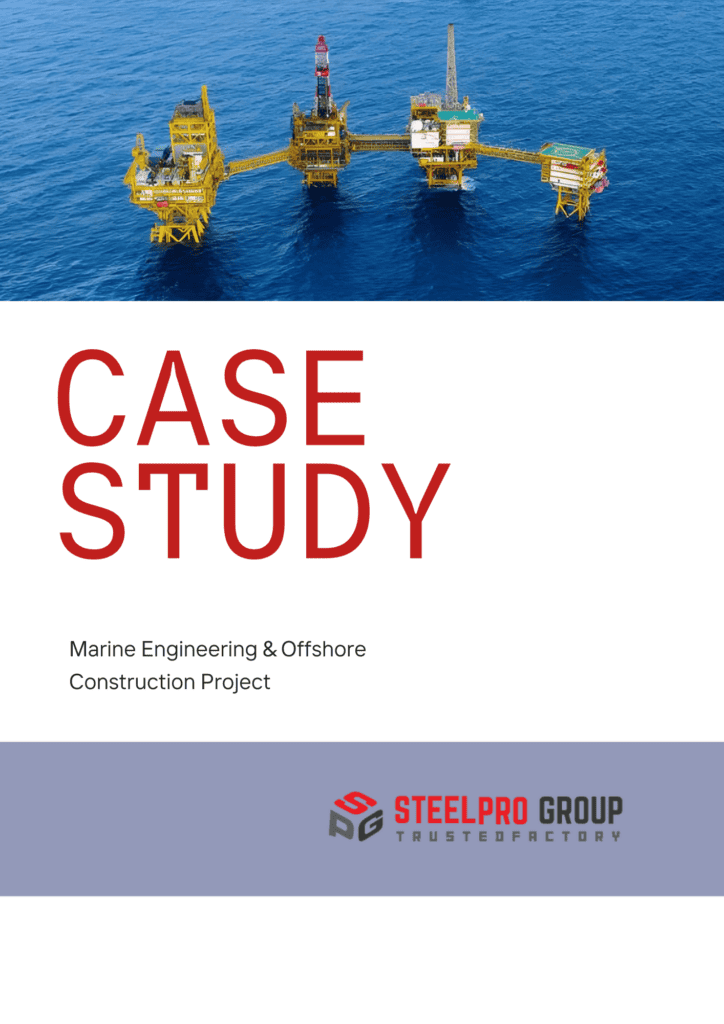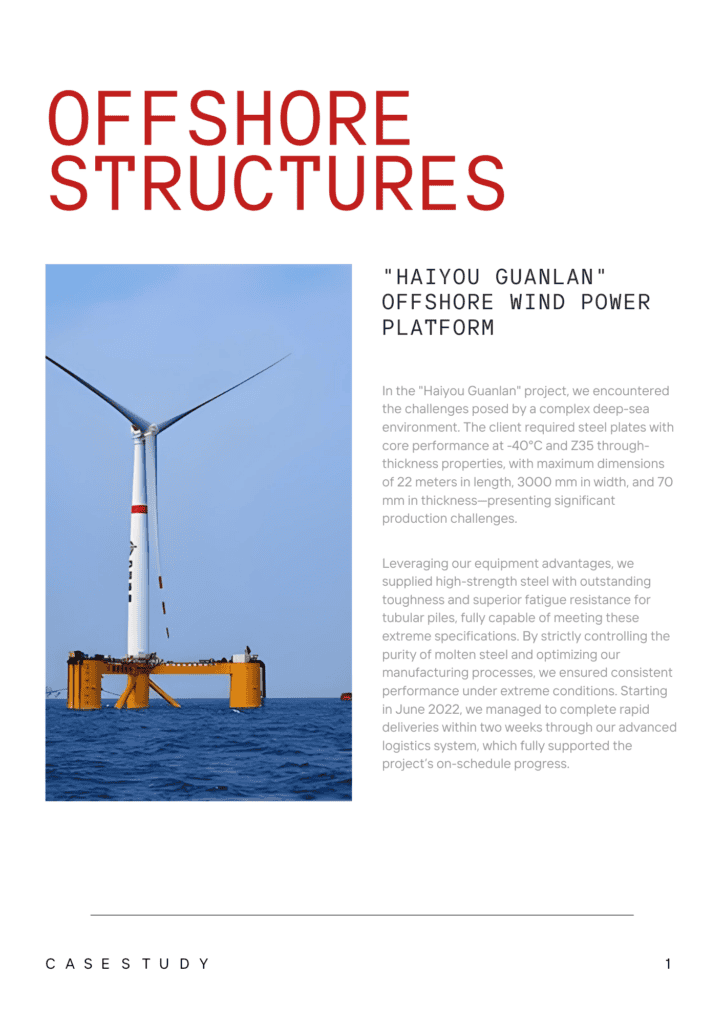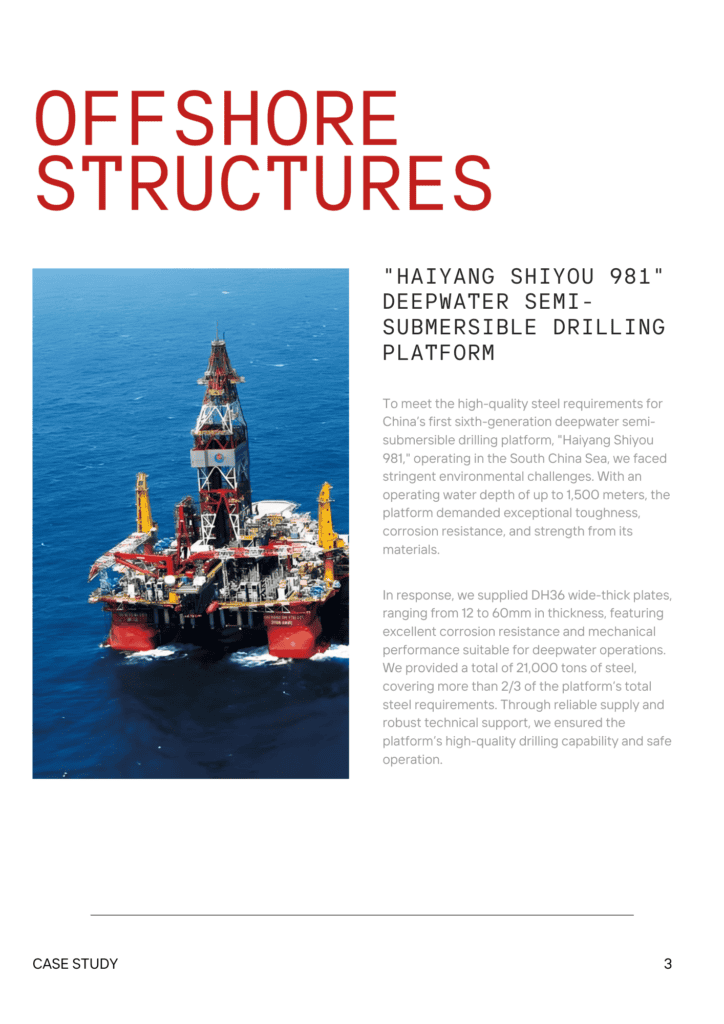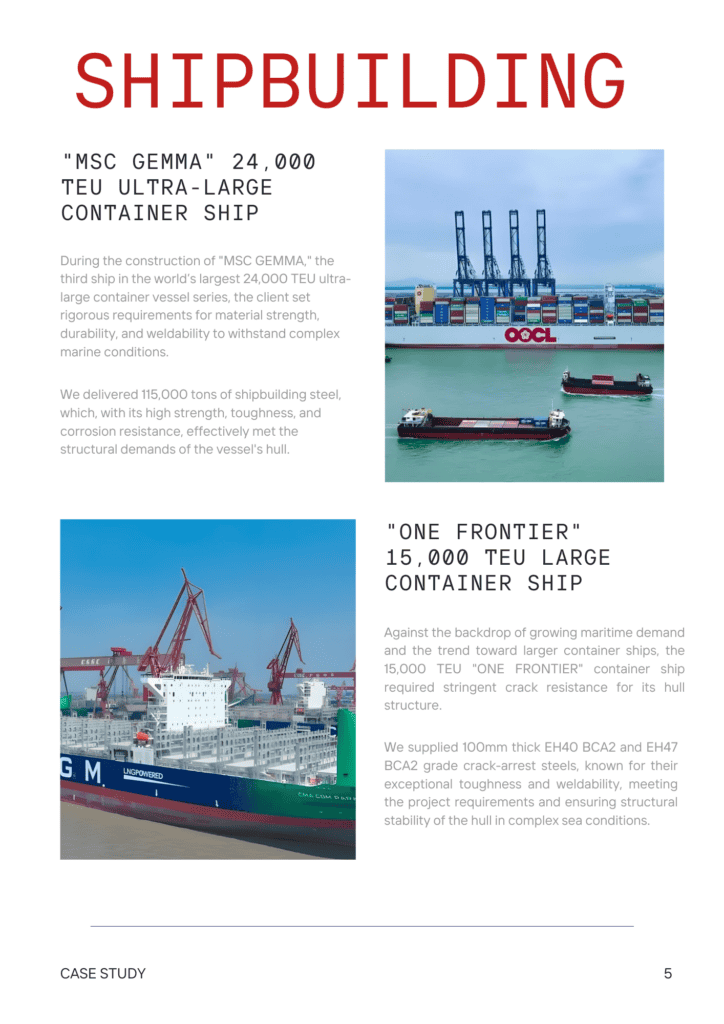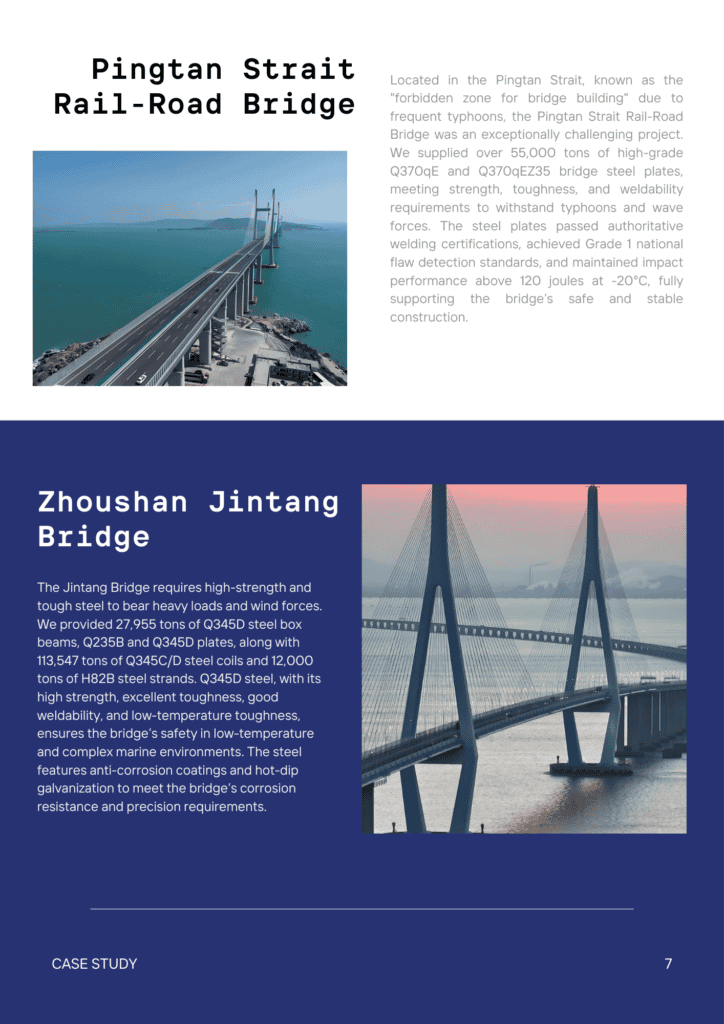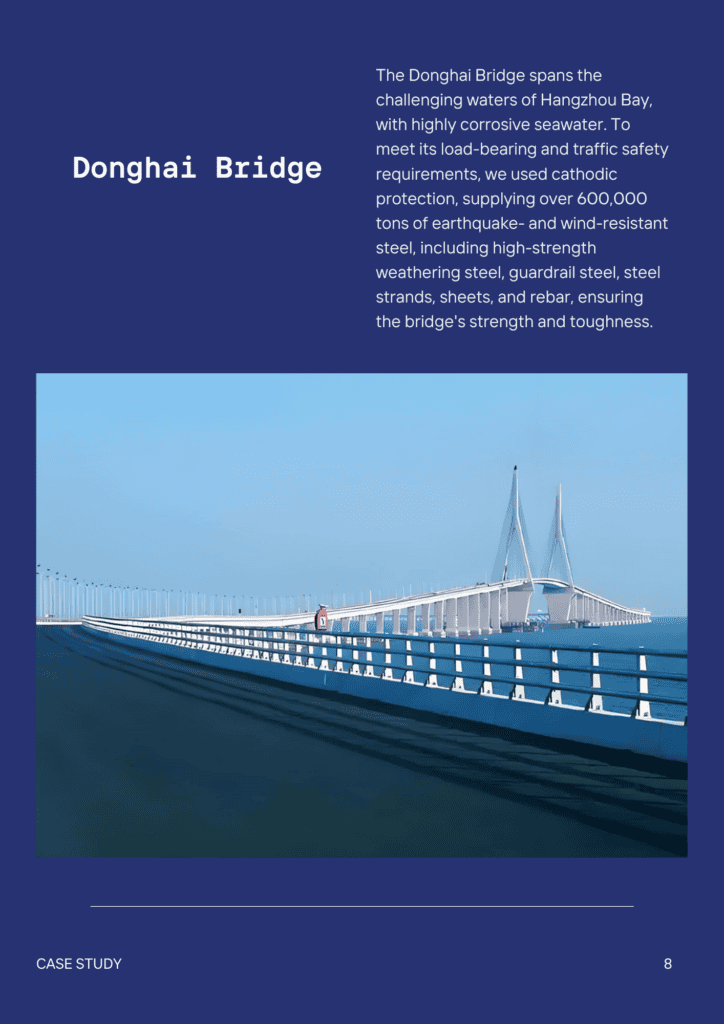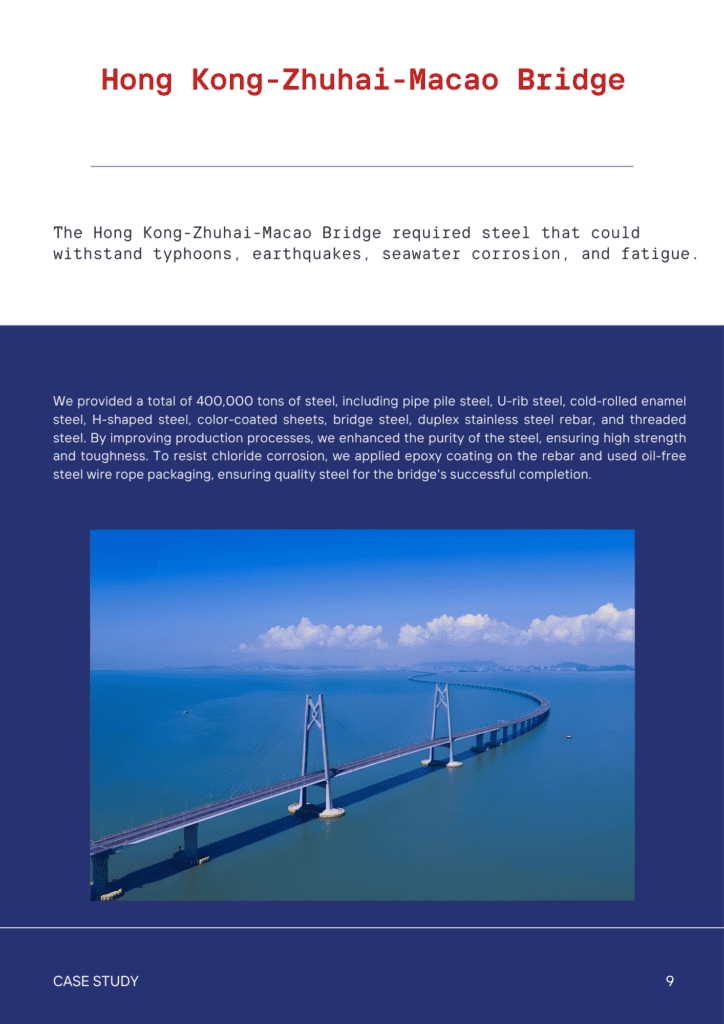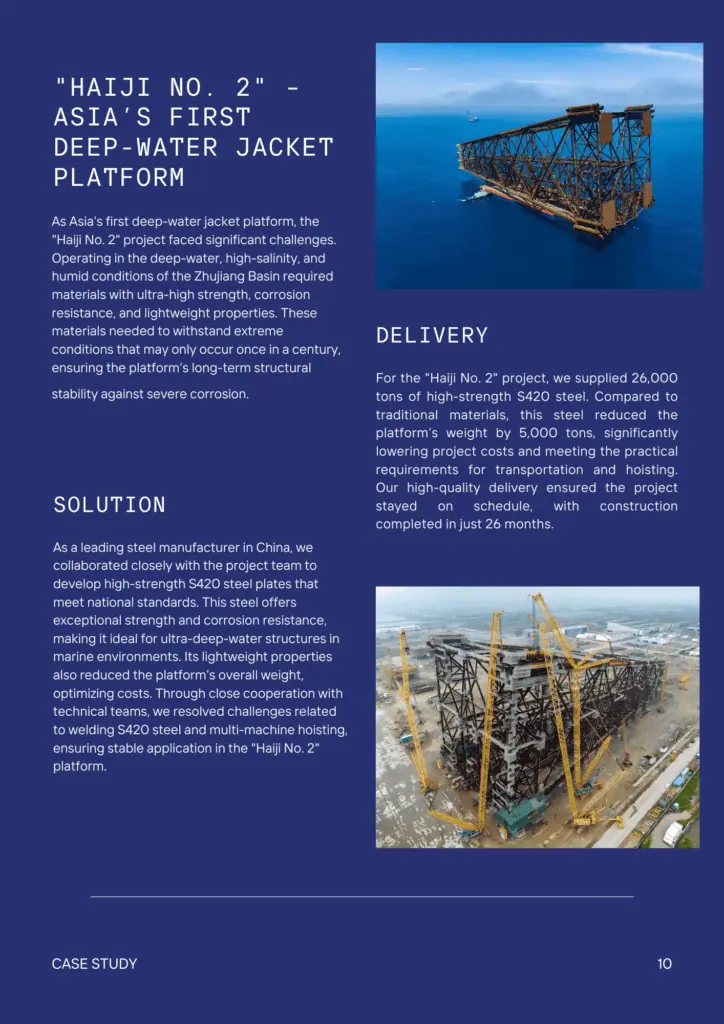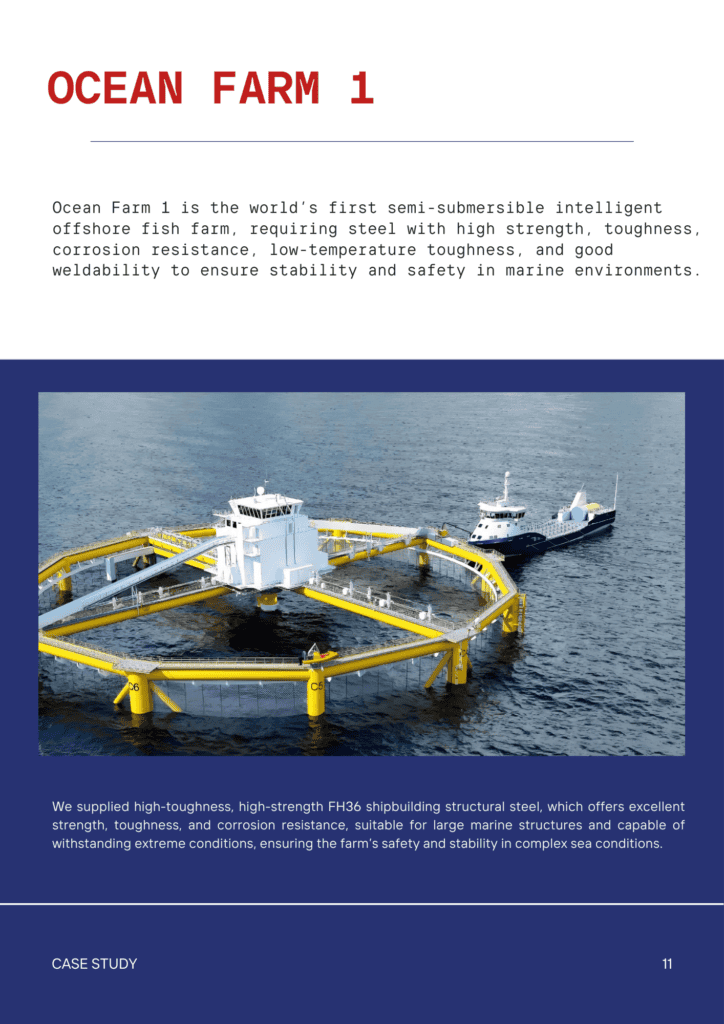Contents
Is Alloy Steel Toxic?
- John
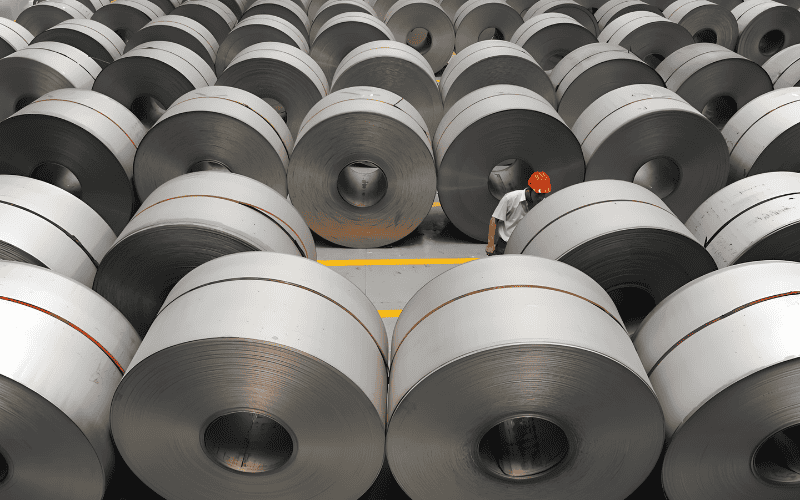
No—daily contact is safe. Properly manufactured alloy steel is not toxic in everyday industrial use. Risks exist only if welding fumes are inhaled without a mask.
This article explores the safety of alloy steel, from its stable composition to best practices for industrial handling. We’ll examine when risks arise, why precautions matter, and how to mitigate potential hazards.
Alloy Steel Composition Breakdown: Is It Toxic?
Alloy steel is primarily composed of iron (95-98%) and carbon (0.2-2.1%), two elements that are biologically stable and non-toxic in their solid form. These core components form a durable, inert metal matrix, making alloy steel safe for everyday use.
To enhance its properties, alloy steel also contains elements like chromium, nickel, manganese, and molybdenum. While these elements can be hazardous in their isolated forms, they remain chemically stable when bonded within the steel. This prevents leaching or direct exposure under normal conditions, reinforcing alloy steel’s safety in industrial and consumer applications.
Chemical Stability and Heat Sensitivity
Under typical temperatures, alloy steel remains structurally intact and non-toxic. However, when exposed to temperatures above 400°F (204°C), phase changes can occur, potentially releasing metal particulates. This is particularly relevant in high-heat processes like welding, where hexavalent chromium (Cr⁶⁺) may form—a known respiratory hazard.
Despite this risk, chromium in its solid-state form strengthens steel and enhances corrosion resistance without posing health concerns. The danger arises only when extreme heat alters its chemical state. That’s why proper safety protocols—such as ventilation systems and personal protective equipment (PPE)—are crucial in metalworking environments.
Conclusion: A Safe and Stable Material
In its finished form, alloy steel is chemically stable, non-toxic, and safe for regular use. While certain high-heat industrial processes require precautionary measures to prevent metal fume exposure, alloy steel itself does not pose inherent toxicity risks.
When Does Alloy Steel Become Hazardous?
While alloy steel is non-toxic in its solid state, certain industrial processes can introduce risks. These hazards stem primarily from high-temperature operations, airborne metal particulates, and improper disposal.
High-Heat Processing: Welding and Cutting Risks
At extreme temperatures, alloy steel releases metal fumes, which can pose serious respiratory risks if inhaled. Welding and cutting operations generate fumes containing manganese and hexavalent chromium (Cr⁶⁺)—a known carcinogen linked to lung disease and skin irritation. Without proper ventilation and personal protective equipment (PPE), workers may face long-term health effects, including metal fume fever and chronic respiratory issues.
Related Reading: Can You Weld Alloy Steel?
Grinding and Machining: Exposure to Metal Dust
Beyond heat-related risks, grinding, machining, and polishing produce fine metal dust that can be easily inhaled. Prolonged exposure to these airborne particles may cause lung irritation and skin sensitivity, particularly in those handling chromium- or nickel-containing steels. Effective dust collection systems, respirators, and protective gloves are crucial in preventing occupational hazards.
Environmental Concerns: The Impact of Improper Disposal
While alloy steel does not leach harmful substances, improper recycling and disposal can lead to heavy metal contamination in soil and water. If waste materials containing chromium, nickel, or manganese are not handled correctly, they may pollute ecosystems and pose long-term risks to human health. Adhering to regulated recycling protocols helps prevent environmental damage and ensures sustainability in industrial steel use.
Mitigating Risks Through Safety Standards
Despite these potential hazards, workplace risks are preventable when proper safety measures are in place.
Organizations such as OSHA (Occupational Safety and Health Administration) and the EPA (Environmental Protection Agency) establish strict guidelines for air quality, fume extraction, and waste management.
By enforcing ventilation systems, PPE requirements, and responsible recycling practices, industries can continue using alloy steel safely and efficiently.
Safe Handling of Alloy Steel: Best Practices
Workplace Safety Protocols
- PPE Essentials: Workers must wear N95 respirators, goggles, and heat-resistant gloves when processing alloy steel.
- Ventilation Systems: Install localized exhausts to capture fumes and dust at the source.
- Training Programs: Regular workshops on hazard communication (HAZCOM) and emergency response.
Environmental Safety
Alloy steel is 100% recyclable, reducing landfill waste. SteelPro Group prioritizes:
- Closed-Loop Recycling: Reclaiming scrap metal for reuse.
- Low-Emission Production: Advanced filters minimize airborne pollutants during manufacturing.
FAQs About Alloy Steel Safety
Q: Can Alloy Steel Leach Chemicals Into Drinking Water?
A: No. When properly coated or passivated, alloy steel pipes (e.g., stainless steel) are inert and safe for plumbing.
Q: Is Alloy Steel Safe For Medical Equipment?
A: Yes. Surgical tools often use medical-grade stainless steel (316L), which is non-reactive and sterilizable.
Q: How Does SteelPro Group Ensure Toxicity-Free Products?
A: We partner with accredited labs to test for heavy metals and publish Safety Data Sheets (SDS) for every product.
Trusting Safe Alloy Steel Solutions
Alloy steel itself isn’t toxic—improper handling is the real risk. With the right safety protocols and regulatory compliance, industries can fully utilize its strength and durability without health concerns.
Choosing the right supplier is just as important as following best practices. At SteelPro Group, we provide OSHA-compliant, non-toxic alloy steel with rigorous testing and full transparency.
Ensure safety. Optimize performance. Contact us today for expert guidance and a free quote on certified alloy steel solutions.



